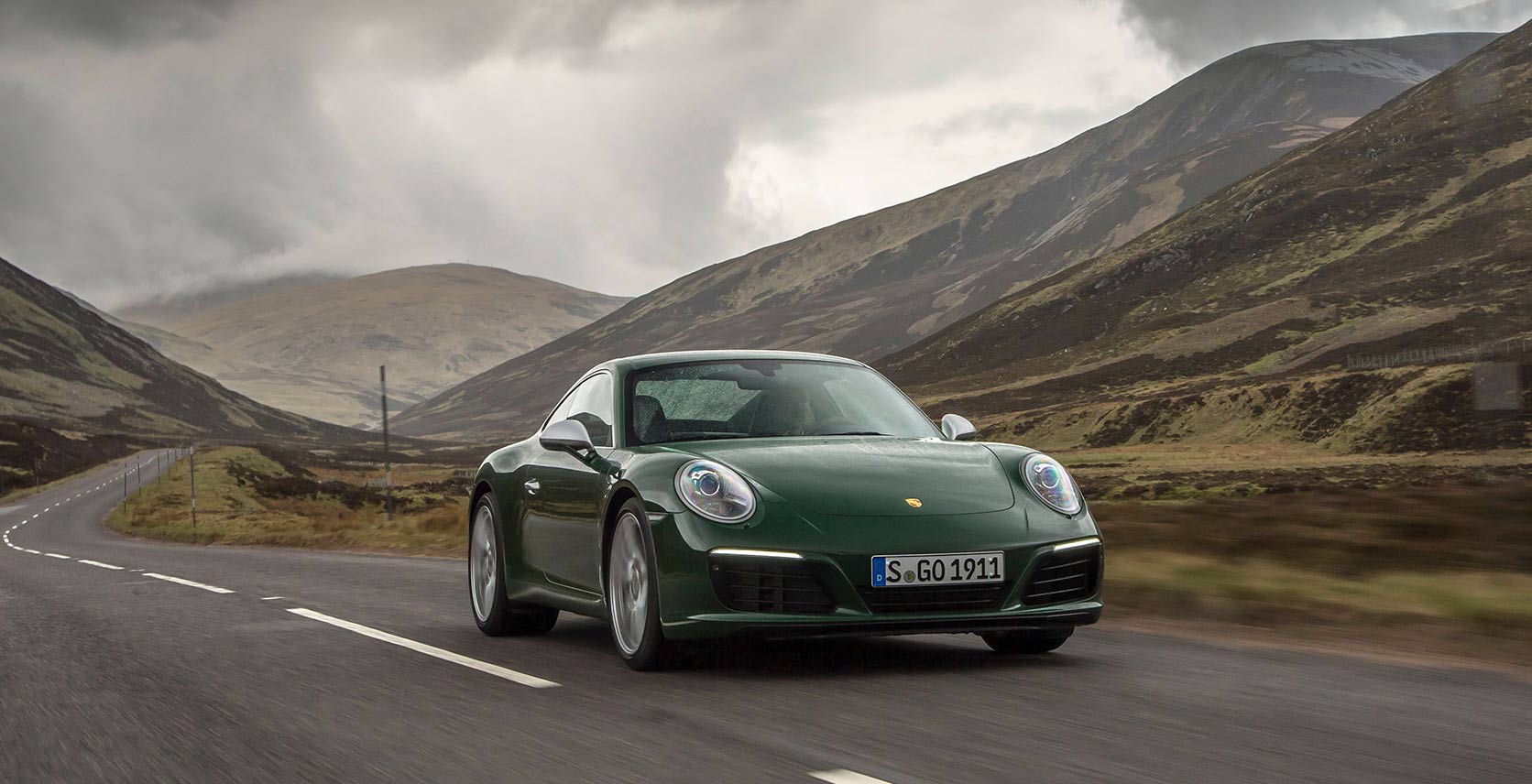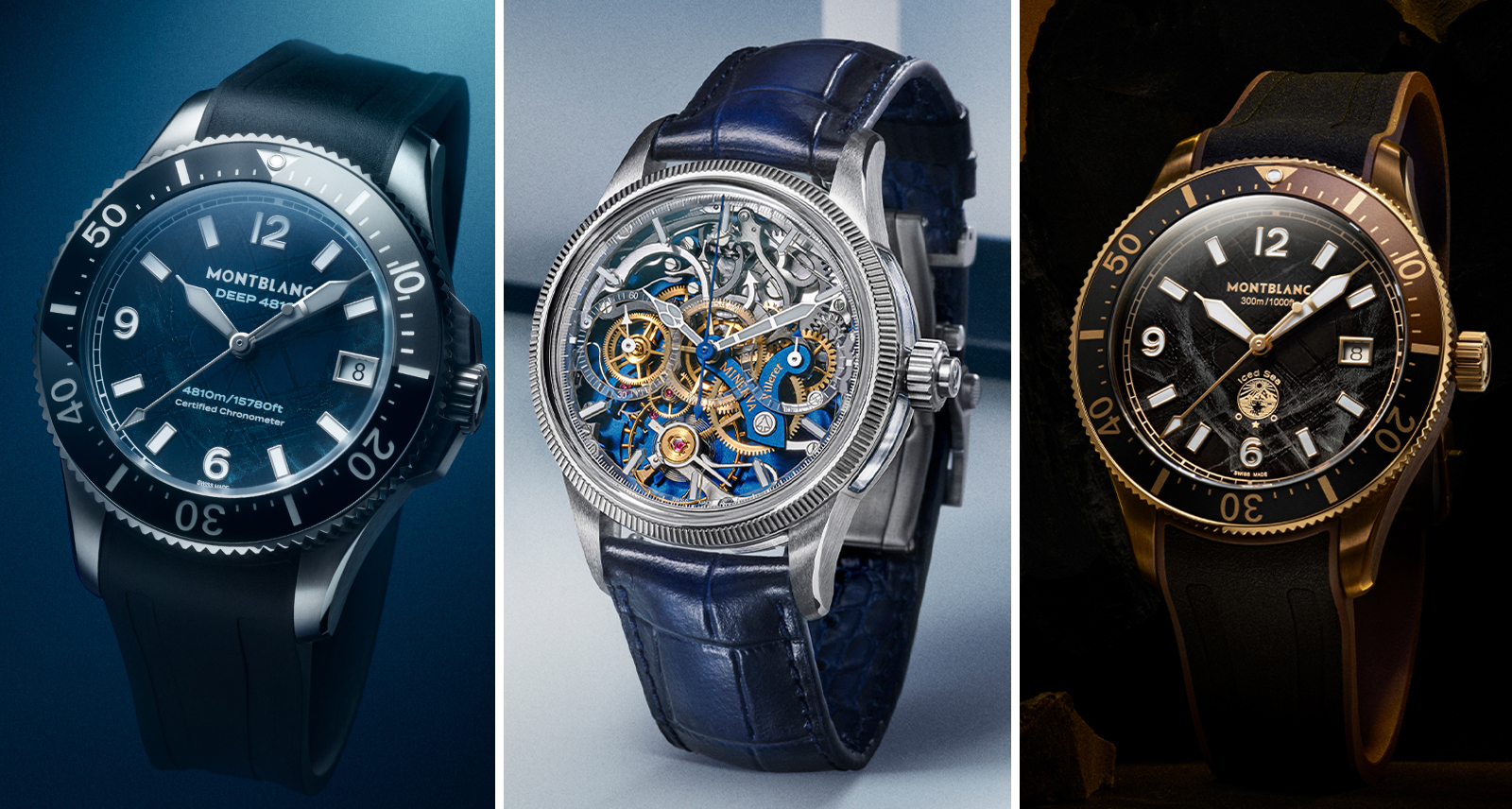A Million Strong: Here’s What Makes the Porsche 911 So Iconic
As with all reliable old things, the Porsche 911 gets taken for granted. It’s been around for 54 years, and through all of them, it’s remained the obvious choice — the car you buy when you’ve made it. So predictable, so cliché, and yet still here.
Janis Joplin complained, “My friends all drive Porsches.” In fact, she had one too. In London or L.A., a 911 is just another piece of street furniture, not worth a second glance (if it even gets a first). But there is one thing that everyone fails to realize about the 911: that was always the point.
Dr. Wolfgang Porsche, the 74-year-old chairman of the board of Porsche AG, remembers conversations around the dinner table, discussions about what a sports car should be. Dr. Wolfgang’s brother, Ferdinand Alexander Porsche, who designed the now-iconic 911, always said that with a great sports car, “If the form is right, you don’t need all the embellishments and the chrome.” The 911 was always intended as “a simple, puristic sports car.” It was a novel idea in the 1950s, a time when cars were only getting bigger and heavier, with more cylinders and more steel.
Dr. Porsche reminisced about the genesis of the 911 while giving a short speech at the factory in Zuffenhausen, Germany. The occasion was the production of the one-millionth Porsche 911. It rolled off the line this past spring, just a few yards from where the first ones were built in 1963. The factory was humming, only taking a brief pause to mark the occasion before resuming production to keep up with orders.
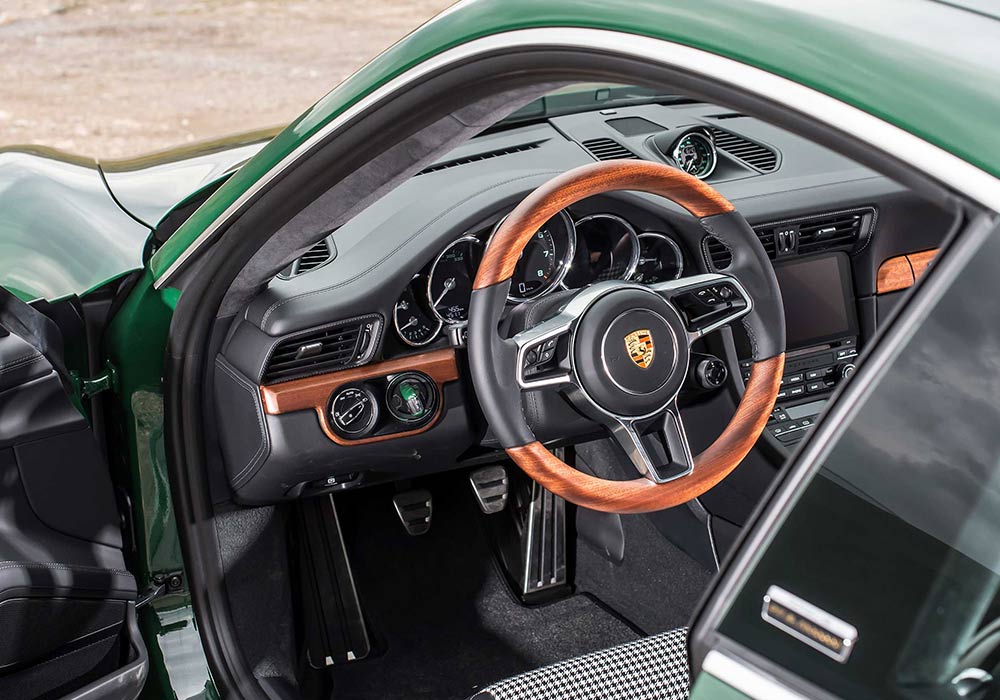
One million cars is hardly a milestone; Toyota easily sells over a million Corollas in a single year. The 911 isn’t even the best-selling Porsche anymore; the Macan SUV is. But for gearheads everywhere, the one millionth 911 means F.A. Porsche was correct: this unusual little sports car was — against all odds — a brilliant idea. The 911 exemplifies the notion that you don’t have to be the biggest, most powerful, or most beautiful — you’ve just got to be the smartest.
This unusual Porsche had everything backwards. Where most sports cars had their engines in the front, the 911 shared a layout with the humble Volkswagen Beetle, with its engine at the back — behind the rear wheels. It was supposed to be called the Porsche 901, but the French automaker Peugeot had trademarked that number. So, the pragmatic planners at Porsche figured since they had a bunch of extra “1s” lying around, they’d call it the 911.
Its shape was similarly pragmatic. The roofline sloped down to the bumper, creating a bulbous rear end to house the engine. The windshield was steep, almost vertical, and the nose very low to keep things compact. Two big round headlights marked the front. As F.A. Porsche said, the form was so right, there was no need for embellishment.
“The 911 was classic from the beginning,” said Dieter Landenberger, Porsche’s official historian. “It was never a modern car, it was not fashionable, but it was very classic-looking. I call it an archetype. If you ask a little kid to draw a sports car, very often something like a 911 comes out.”
The most remarkable thing about the original 911, from an aesthetic point of view, is that it has no hard lines. There are no sharp creases on the bodywork — the shape just flows. The same is true of the new 911, 54 years later. The surfaces are meticulously controlled to shape the reflections, to give form and motion to the volumes. It’s like a rolling Henry Moore sculpture. Without such rigour, it could’ve easily looked like a sad blob, a jellybean. That it doesn’t speaks to the skill of its creators.
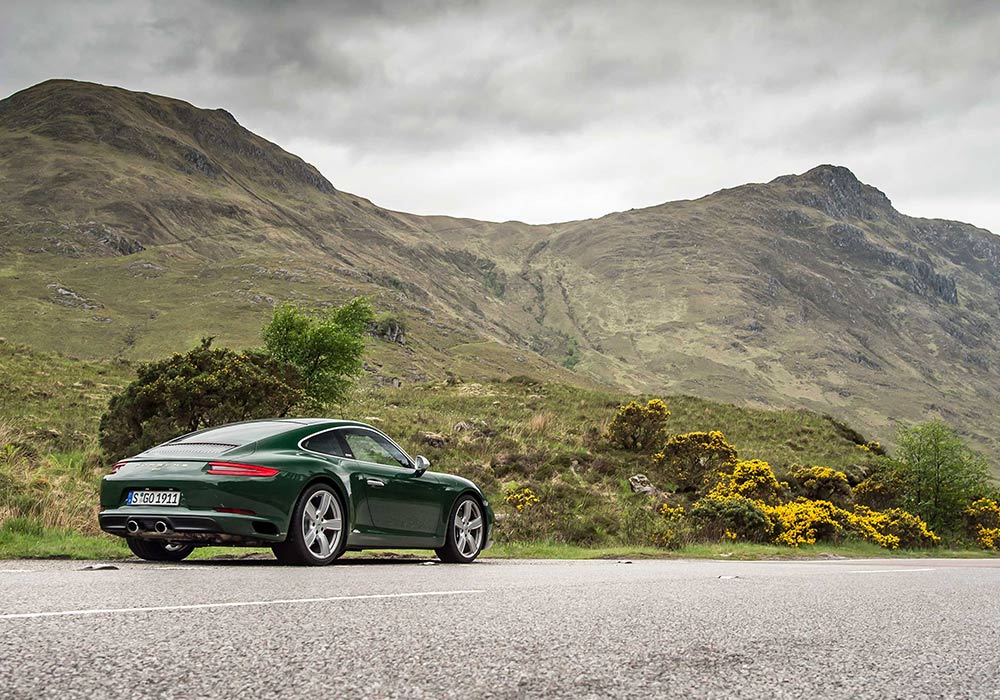
A few years ago, I did an informal poll of top automotive designers, including Ian Callum, Gordon Wagener, Alfonso Albaisa, and others. What is your favourite car? None of them could pick just one, but nearly all of them mentioned the 911.
No other sports car — save, perhaps, the Ford Mustang — has endured the decades so true to its original formula. The resemblance today is uncanny. It’s wider and lower, sure, but instantly recognizable. The engine is still a flat-six, mounted where the trunk should’ve been. The Museum of Modern Art recently added a 911 to its collection. Department: Architecture and Design. Medium: Steel.
Small, underpowered and unusual, the 911 never should have survived. But it’s thriving. Over the decades, Porsche’s engineers were able to turn the 911’s weaknesses into strengths. Small meant lightweight. The unusual rear-engine layout gave it incredible traction. The combination has proved winning on both road and track, where it remains the most successful racecar of all time.
For the millionth example, Porsche has allowed the 911 modest embellishments. This special edition has chrome around the windows and real gold lettering on the engine cover. The interior is finished in mahogany, leather, and houndstooth upholstery. Mind you, the Irish Green paint remains subdued. Pass it on the street, and you wouldn’t even give the car a second glance — although perhaps now, more than ever, you should.
THE GREAT 911S
It’s impossible to pick a single best 911 of the last 54 years, so here are a few of our favourites.
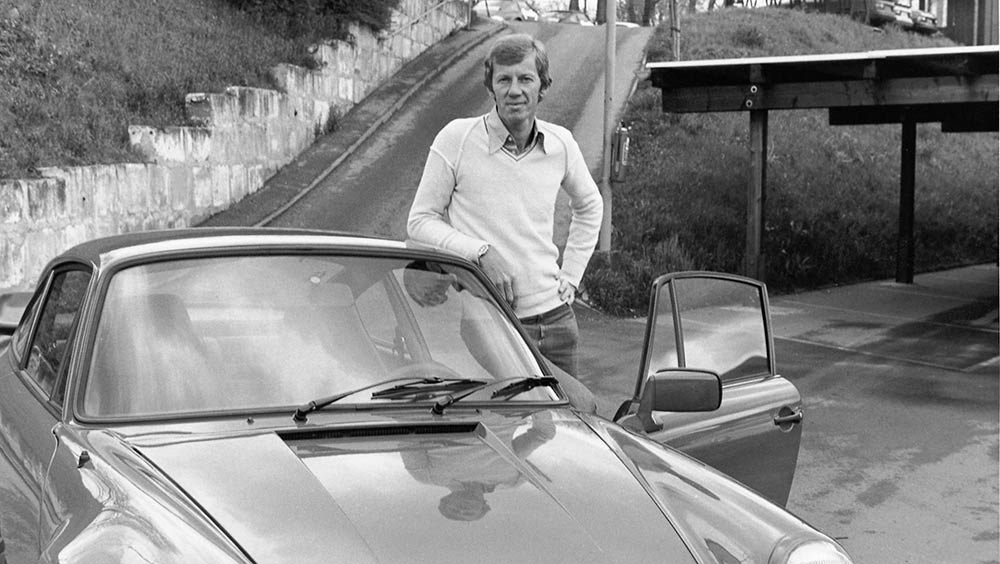
1. 1978 Porsche 911 Turbo 3.3
The first-generation Turbo, with its fat wheel arches and whale of a tail, has an unmistakable silhouette. One of the coolest cars ever? Probably. The later 3.3-litre version had more power, and an even bigger wing.
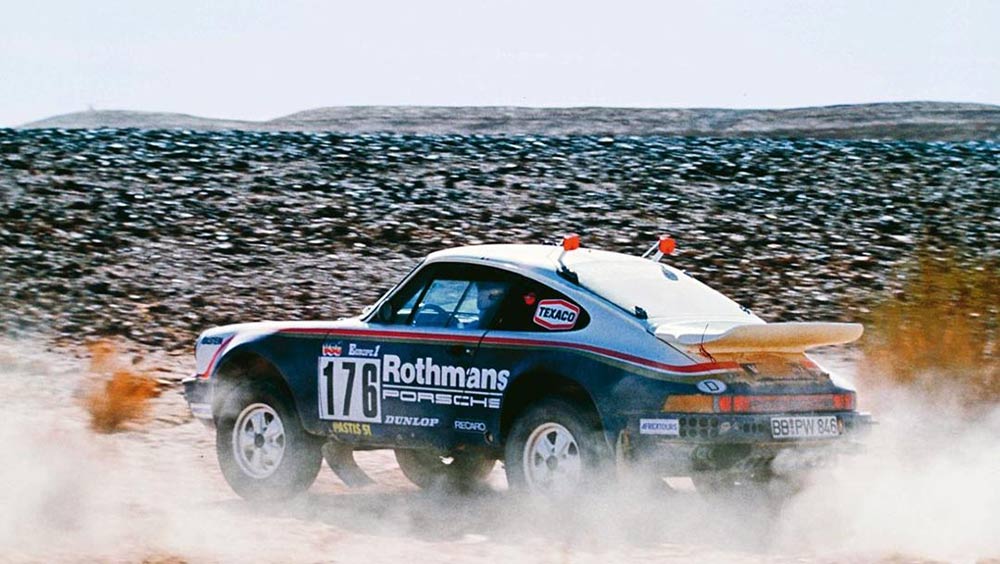
2. 1984 Porsche 911 (type 953) Dakar
It was built for autobahns and back roads, but there was nothing the 911 couldn’t tackle. Back in 1984, it won the Paris-Dakar, the toughest rally in the world.
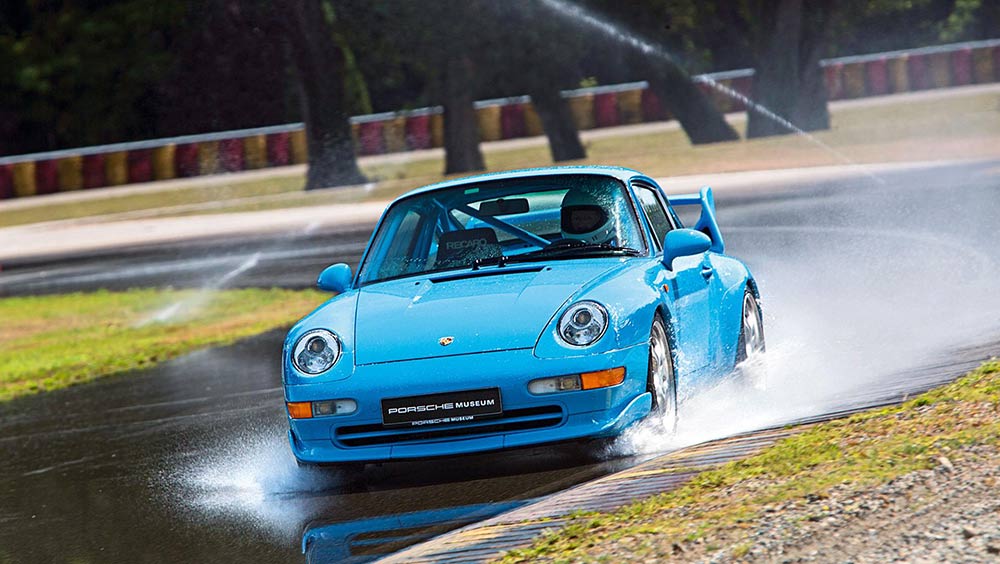
3. 1993 Porsche 911 GT2
The meanest, nastiest, gnarliest 911 ever. The first-ever GT2 earned the nickname “Widowmaker” because its 425 horses liked to try and buck drivers off the road.
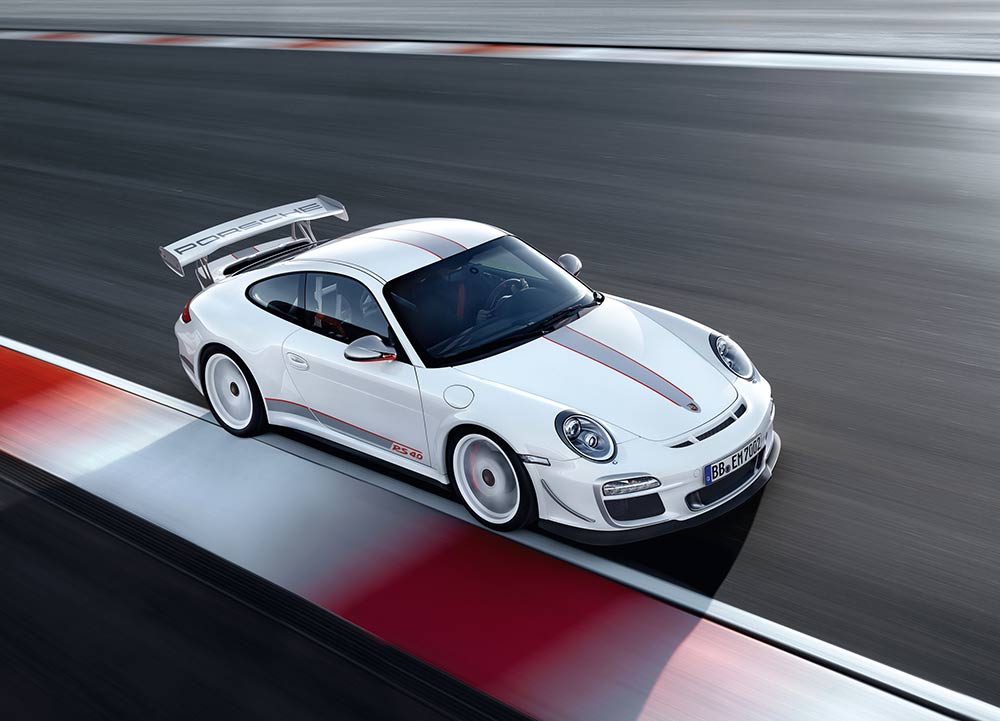
4. 2011 Porsche 911 GT3 RS 4.0
Porsche took the exotic 4.0-litre flat-six from its racecars and fitted it into this limited-edition street machine. With 500 naturally aspirated horsepower, this car makes grown adults go weak in the knees.
